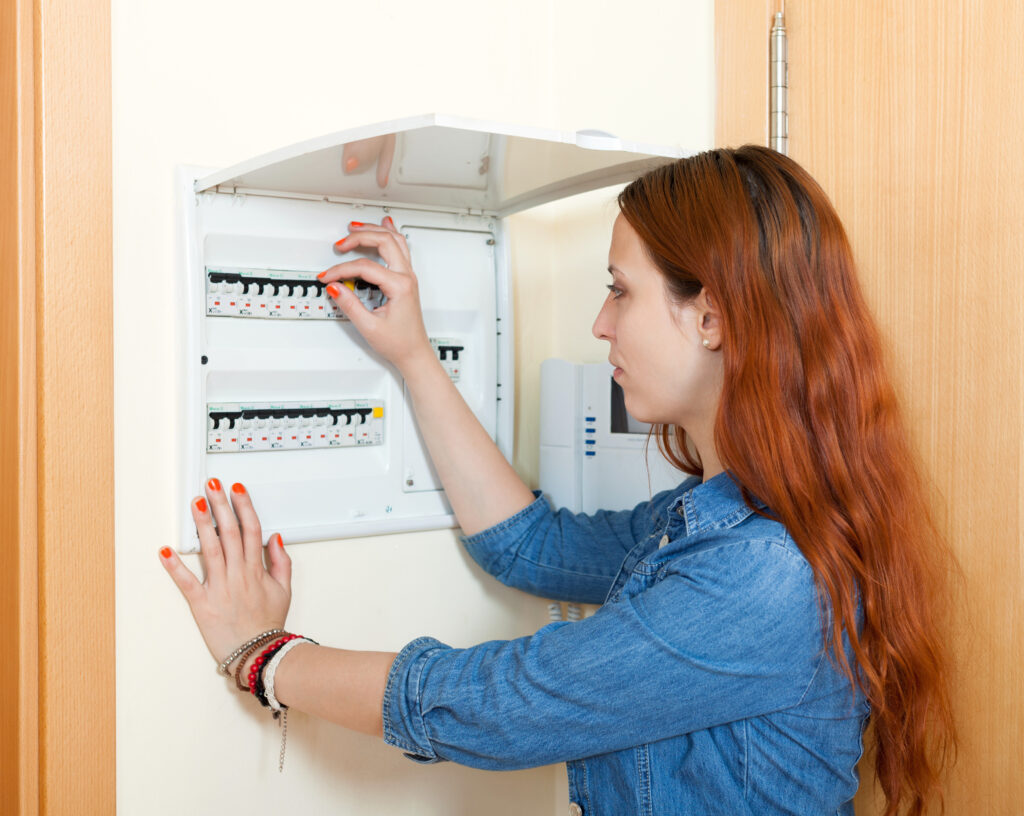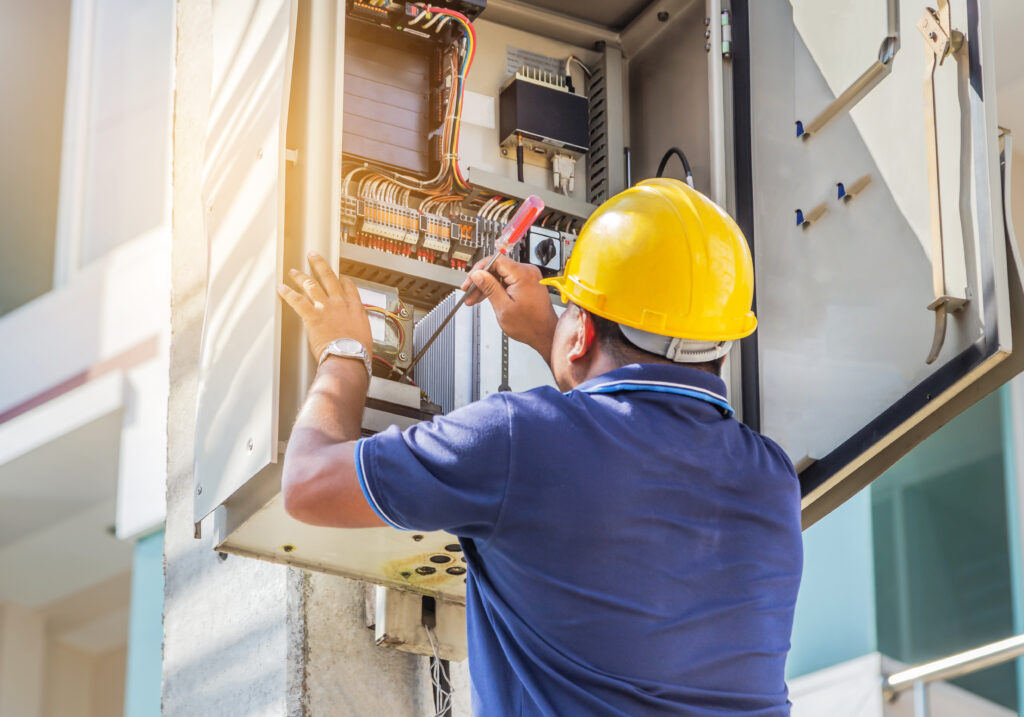
Electricity is a flow of charge that takes place in a complete circuit. A typical electric circuit comprises the power source, connecting wires, and electric devices such, as computers, light bulbs, or electric cookers.
Every circuit has a maximum amount of electric current that it can safely allow to pass through. If the current exceeds the maximum, the circuit components can overheat, get damaged, or even cause a fire. To prevent such accidents, you need circuit protection.
Circuit Protection Basics
Circuit protection is basically the inclusion of a weak link that’ll be broken in the event of a fault in the flow of electric charge. Electric faults can occur in any of the following ways:
- Overload: When you connect too many devices to a single power outlet, you may end up drawing more current than the circuit can allow. Overloading can also occur when you connect a faulty electrical device to an outlet.
- Short circuit: This occurs when an exposed connecting wire comes into contact with a live conductor, resulting in the interception of the flow of electric charge. A good example is when the insulating material of the live and neutral wires tear away, causing the two live wires to come into contact.
- Earth faults: Suppose you insert a copper cable into the live port of a power outlet with your bare hands and your feet on the ground. Your body carries the electric charge into the ground. This is popularly known as an electric shock.

Types of Circuit Protection Devices
To prevent excessive electrical damage, fire outbreaks, and loss of lives when these faults occur, you need to have circuit protection devices fixed at strategic points along the electric circuit. Below are the most common types of circuit protection devices:
1. Miniature Circuit Breaker (MCB)
One of Techna’s circuit protection products, an MCB is an electromechanical gadget used to safeguard a circuit from excessive current. It comprises a latch that can be thermally or magnetically tripped.
Excessive current flow generates heat. This causes a metal strip to bend away from its point of contact with another circuit component. The circuit gets broken and the flow of electricity is stopped. For the magnetically operated latches, overcurrent strengthens the magnetic field and forces the latch to break contact. Usually, a broken circuit can be reset by moving the latch to its ‘on’ position.
2. Residual Current Device (RCD)
As mentioned earlier, when a good electricity conductor connected to the ground gets into contact with a live connecting wire, electricity flows into the ground. RCDs are meant to arrest such leaking currents before they cause great harm.
Do note that there’s a significant difference between RCD and MCB. Basically, RCDs protect you against shocks, while MCBs don’t.
3. Residual Current Breaker With Overcurrent (RCBO)
These are designed to protect against earth leakage faults, overloads, and short circuits. In other words, it’s like the MCB and RCD combined. As such, RCBOs have a greater capability than either RCDs or MCBs.
4. Fuse
This is a wire that can melt easily if the current is high. You’ll usually find fuses in the plug tops of power supply cables of household electric devices. If a given device draws more current thanpermitted, the wire melts and breaks the circuit.
Fuses come in a number of designs. For domestic electric appliances, you can have rewireable or cartridge fuses. For the rewireable fuses, many people make the mistake of replacing the fuse wire with a copper wire. This essentially stops the circuit protection capability of the fuse.
Fuse wires must have a low melting point, which is why they’re usually made of a tin-and-lead alloy. So, it’s in your best interest to shop for the right fuse wire if you have the rewireable fuses in your domestic electrical appliances.
Industrial appliances and motor circuits usually use the High Breaking Capacity Fuses. These are designed to cut high fault current almost 10 times faster than circuit breakers. As the name suggests, they’re capable of breaking very high fault currents without the risk of fire outbreaks.
Fuse holders are used to mount, protect, and contain fuses. They’re available in two types: open and fully enclosed. The open type comprises fuse clips and fuse blocks that help tighten the clip and the actual fuse wire. The fully enclosed type features a fuse carrier fully inserted into a holder.
Importance Of Circuit Protection
While using electric appliances is convenient and enjoyable, there’s always some uncertainty of what might happen with the flow of electric charge. The instances of overloading, short-circuiting, and earth faults described above happen accidentally without notice of any kind.These faults can turn out to be severe and cause great damage to lives, property, and electric appliances. Hence, the use of circuit protection devices is critical in every household, business premises, institutions, and factories.
Here’s a summarized breakdown of the importance of circuit protection:
- Protection from electrical damage: Purchasing electric appliances costs you money, sometimes huge amounts. Using circuit protection devices helps you prevent their damage in case of current surges.
- Prevention of fires: Overcurrent can easily set your house on fire and damage all your household property. Thankfully, circuit breakers reduce this risk of fire outbreaks.
- Prevents ongoing electric shocks and electrocution: Protective devices, such as RCDs, protect humans from electric shocks that could otherwise turn catastrophic.
- Saves you money: Without protective devices, you’d be spending a huge amount of money on electrical repairs every time you experience electric faults.
In Conclusion
As they said, prevention is better than cure. This is why it’s highly recommended to install circuit protection devices in your residential house or business premises. In fact, when it comes to overall safety, having circuit protection devices should be a top priority. This is because, as mentioned above, without circuit protection, you risk losing lives and property worth huge sums of money. Therefore, learn how to choose the correct protection for your circuit. Then, purchase and install the necessary devices on your own or, better yet, hire a professional to do the job for you.






